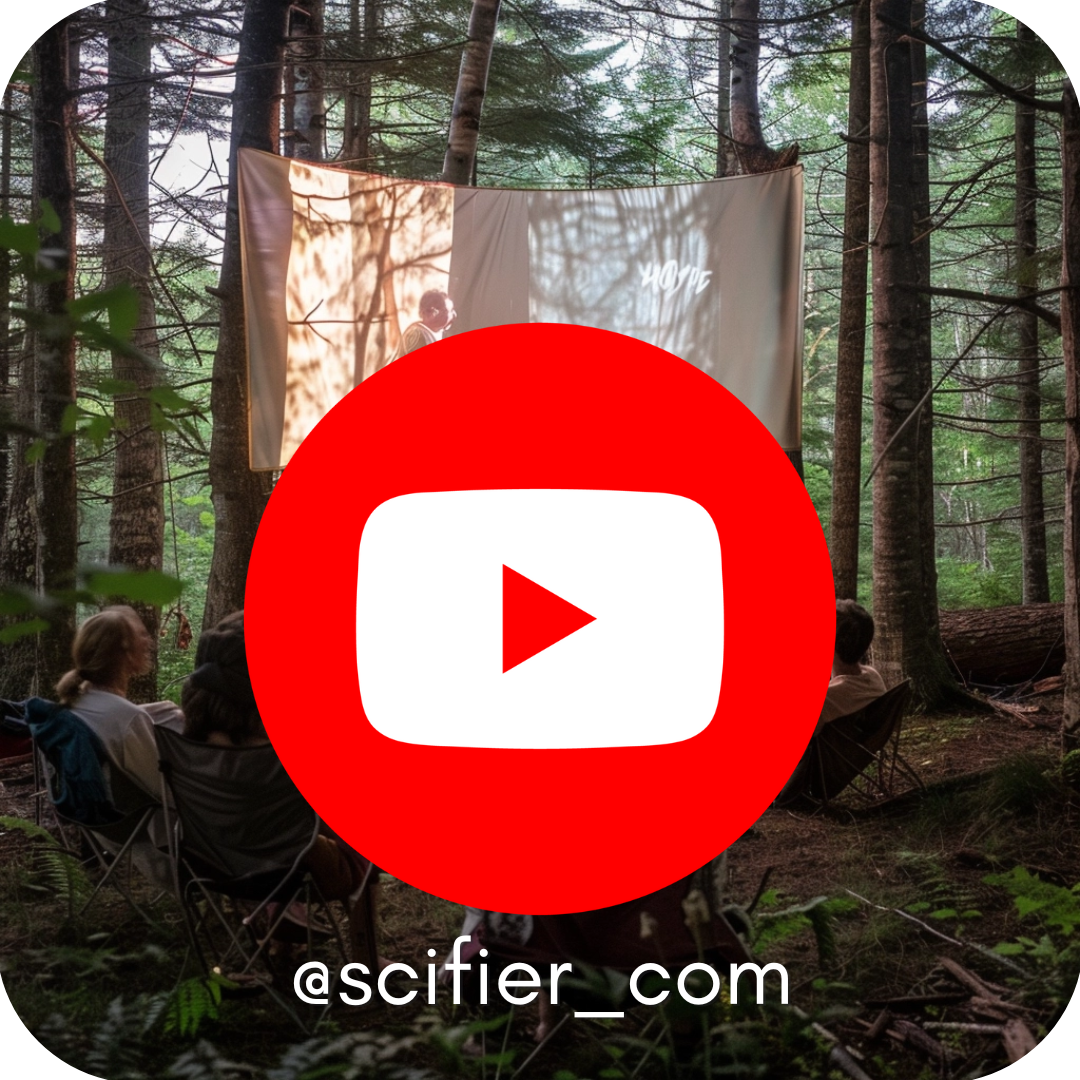Description
"Wild Art" refers to work that exists outside the established, rarified world of art galleries and cultural channels. It encompasses uncatalogued, uncommodified art not often recognized as such, from graffiti to performance, self-adornment, and beyond. Picking up from their breakthrough book on the subject, Wild Art, David Carrier and Joachim Pissarro here delve into the ideas driving these forms of art, inquire how it came to be marginalized, and advocate for a definition of "taste," one in which each expression is acknowledged as being different while deserving equal merit.
Arguing that both the "art world" and "wild art" have the same capacity to produce aesthetic joy, Carrier and Pissarro contend that watching skateboarders perform Christ Air, for example, produces the same sublime experience in one audience that another enjoys while taking in a ballet; therefore, both mediums deserve careful reconsideration. In making their case, the two provide a history of the institutionalization of "taste" in Western thought, point to missed opportunities for its democratization in the past, and demonstrate how the recognition and acceptance of "wild art" in the present will radically transform our understanding of contemporary visual art in the future.
Provocative and optimistic, Aesthetics of the Margins / The Margins of Aesthetics rejects the concept of "kitsch" and the high/low art binary, ultimately challenging the art world to become a larger and more inclusive place.
About the Author
David Carrier retired as Champney Family Professor, a post divided between Case Western Reserve University and the Cleveland Institute of Art. He previously had been Professor of Philosophy at Carnegie Mellon University. His numerous publications include A World Art History and Its Objects, The Aesthetics of Comics, Principles of Art History Writing, all also published by Penn State University Press, as well as Aesthetic Theory, Abstract Art, and Lawrence Carroll.
Joachim Pissarro is an art historian, theoretician, and the Bershad Professor of Art History and Director of the Hunter College Art Galleries. He previously served as curator at The Museum of Modern Art and the Yale University Art Gallery. His publication and curatorial projects include Cezanne/Pissarro, Johns/Rauschenberg: Comparative Studies on Intersubjectivity in Modern Art; Jeff Koons: The Painter and the Sculptor; Martin Creed: What's the Point of It?; Joseph Beuys: Set Between One and All; and Notations: The Cage Effect Today.
Reviews
"Their recurring focus on Kant's "antimony of taste," an evaluation of aesthetic experience as individually unique but also paradoxically anchored to a hope for universal assent, has major implications for the calls for canon revision and new initiatives around diversity and inclusion that presently consume all corners of the "system.""
-Katherine Jentleson The Art Newspaper
"Carrier and Pissarro present a refreshing argument for aesthetic openness, for the benefit of considering things alien to our social and cultural indoctrination. Their provocative account of the shifting division between the Art World and Wild Art avoids resorting to cultural scandal or moral failure to propel its narrative. The authors merely point out that all cultures-others as well as ours-are exclusionary. Without claiming to rid us of our habits of exclusion, the authors aim to undermine the binary barriers to appreciating aesthetic value: good, bad; high, low; popular, elite. Theirs is a hard-headed, level-headed corrective to politicized accounts that pit one form of aesthetic practice against another."
-Richard Shiff,author of Between Sense and De Kooning
Book Information
ISBN 9780271081137
Author David Carrier
Format Hardback
Page Count 240
Imprint Pennsylvania State University Press
Publisher Pennsylvania State University Press
Weight(grams) 590g
Dimensions(mm) 203mm * 152mm * 203mm
Details
Subtitle: |
Wild Art Explained |
Imprint: |
Pennsylvania State University Press |









